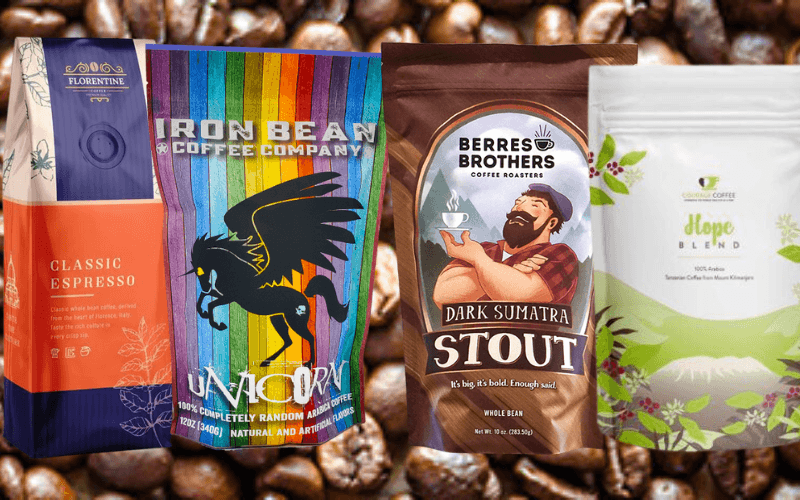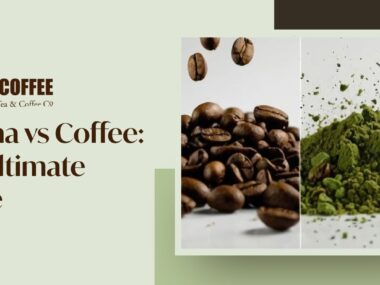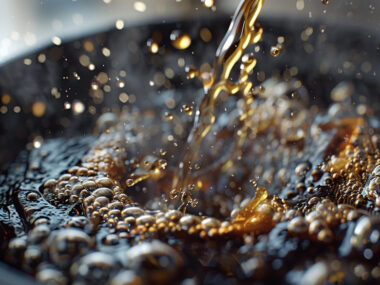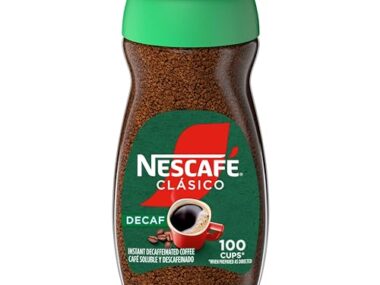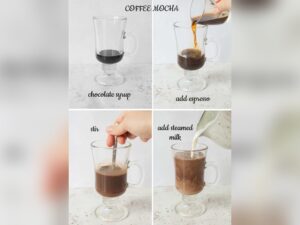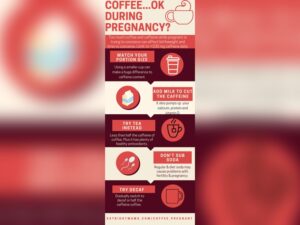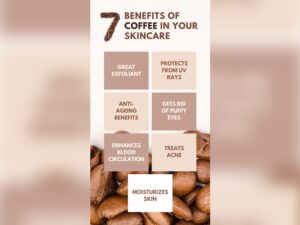Choosing the best coffee packaging might seem simple, but it can make a huge difference in how fresh and tasty your coffee stays. You want your coffee to smell amazing, taste just right, and stay fresh for as long as possible.
The right packaging does all that—and more. You’ll discover easy tips to pick packaging that protects your coffee, attracts customers, and boosts your brand. Keep reading, because the perfect coffee packaging is closer than you think.

Credit: colipsecoffee.com
Types Of Coffee Packaging
Choosing the right coffee packaging helps keep coffee fresh and tasty. Different types of packaging suit different needs. Some are better for freshness, others for convenience or style. Knowing the options makes it easier to pick the best one for your coffee.
Bags And Pouches
Bags and pouches are common coffee packaging choices. They often have a valve that lets gas out but stops air from coming in. This keeps coffee fresh longer. These packages are light and easy to carry. They also come in many sizes and designs.
Cans And Tins
Cans and tins protect coffee from light, air, and moisture. They offer strong protection and can be reused. These containers keep coffee fresh for a long time. They also look good on store shelves.
Boxes And Cartons
Boxes and cartons provide good protection during shipping. They are often used as outer packaging. Inside, coffee is usually wrapped in bags or pouches. Boxes are easy to stack and store.
Vacuum-sealed Packs
Vacuum-sealed packs remove air before sealing. This process keeps coffee fresh by stopping oxidation. These packs are airtight and last long. They are ideal for preserving coffee flavor and aroma.

Credit: epacflexibles.com
Material Options
Choosing the right material for coffee packaging affects freshness, taste, and shelf life. Different materials offer unique benefits and challenges. Understanding these options helps you make a smart choice for your coffee brand.
Plastic Packaging
Plastic packaging is lightweight and flexible. It protects coffee from moisture and air. Many types of plastic are food-safe and cost-effective. Clear plastic allows customers to see the product. Some plastics can be resealed to keep coffee fresh longer.
Foil Packaging
Foil packaging blocks light, air, and moisture very well. This keeps coffee fresh and flavorful. It is often used with a one-way valve. The valve lets gas escape but stops air from entering. Foil packs are sturdy and protect coffee during transport.
Paper And Cardboard
Paper and cardboard packaging is eco-friendly and biodegradable. It gives a natural, rustic look to the brand. These materials are easy to print on for custom designs. They work best when combined with a lining to keep moisture out. Paper bags may need a resealable zipper for freshness.
Biodegradable Materials
Biodegradable materials break down naturally in the environment. They reduce waste and pollution. These include plant-based plastics and compostable films. Biodegradable packaging appeals to eco-conscious consumers. It offers good protection but may cost more than traditional options.
Key Packaging Features
Choosing the right coffee packaging is crucial for keeping coffee fresh and tasty. Good packaging protects coffee from air, moisture, and light. It also helps keep the aroma and flavor intact. Understanding key packaging features helps you pick the best option for your coffee.
Freshness Preservation
Freshness is the most important factor in coffee packaging. Packaging must keep air and moisture out. This stops the coffee from going stale quickly. Materials like foil and plastic often help preserve freshness. A good seal is essential to keep the coffee fresh for longer.
Barrier Properties
Barrier properties protect coffee from outside elements. Oxygen, water vapor, and light can damage coffee quality. Packaging with strong barrier properties blocks these elements. This ensures the coffee stays flavorful. Look for packaging with multi-layer barriers for better protection.
Resealable Closures
Resealable closures let you open and close the package easily. This keeps coffee fresh after opening. Zippers, clips, or twist ties work well. Resealable options reduce waste and make storage simple. They keep coffee from losing aroma and moisture.
Valve Technology
Valve technology helps release gas from freshly roasted coffee. Coffee releases carbon dioxide, which can build up inside packaging. One-way valves let gas escape but keep air out. This protects flavor and prevents the package from bursting. Valve packaging is common for fresh coffee bags.
Design And Branding Considerations
Design and branding play a big role in coffee packaging. They help your product stand out on the shelf. Good design attracts buyers and tells your brand story. Clear branding builds trust and loyalty. Consider your target audience when planning design and branding. Every element should work together to create a strong impression.
Labeling And Printing
Labels share important information about your coffee. Use clear fonts and simple words. Printing quality matters for a professional look. Choose materials that resist moisture and heat. This keeps your label readable and fresh.
Color And Aesthetics
Colors catch the eye and set the mood. Select colors that match your brand personality. Soft tones feel calm, bright colors feel lively. Keep designs clean and uncluttered for easy reading. Use images or patterns that connect with coffee lovers.
Size And Portion Control
Package size affects customer choice and convenience. Small packs suit single servings or gifts. Larger packs work for regular coffee drinkers. Portion control helps keep coffee fresh longer. Choose sizes that match your market needs.
Sustainability Factors
Sustainability plays a key role in choosing coffee packaging today. Many customers want products that protect the planet. Coffee brands must think about how packaging affects the environment. This means using materials and methods that reduce waste and pollution.
Packaging that supports sustainability helps build trust with buyers. It also lowers the impact on natural resources. Focus on choices that keep coffee fresh without harming the Earth.
Eco-friendly Packaging Choices
Eco-friendly packaging uses materials that are safe for nature. Options include biodegradable plastics, recycled paper, and plant-based films. These materials break down faster than traditional plastics. They reduce landfill waste and pollution. Choosing such packaging shows care for the environment and future generations.
Recyclability And Compostability
Packaging must be easy to recycle or compost. Recycling turns old packaging into new products. Composting breaks down materials into natural soil nutrients. Look for packaging labeled as recyclable or compostable. This helps keep waste out of landfills. It also supports circular economy goals.
Reducing Carbon Footprint
Carbon footprint measures greenhouse gases from packaging production and transport. Using local suppliers lowers emissions. Lightweight packaging reduces fuel consumption during shipping. Choosing renewable energy sources for manufacturing also helps. Aim to cut carbon output to protect the climate.
Cost And Budgeting
Cost and budgeting play a big role in choosing coffee packaging. Every choice affects your expenses and profits. Understanding costs helps you pick the best option for your budget.
Packaging Costs Breakdown
Coffee packaging costs include materials, printing, and labor. Materials vary from simple bags to complex containers. Printing adds to costs depending on colors and designs. Labor costs come from packing and handling. All these factors combine to form the total price.
Balancing Quality And Expense
Good packaging protects coffee and attracts buyers. Cheap packaging may save money but reduce quality. High-quality packaging costs more but can improve sales. Find a balance that fits your budget and keeps your coffee fresh.
Bulk Vs. Custom Orders
Buying packaging in bulk lowers the price per unit. Bulk orders work well for large coffee brands. Custom orders offer unique designs but cost more. Small brands may prefer custom packaging for branding. Choose based on your order size and budget.
Compliance And Safety
Choosing the right coffee packaging means thinking about safety and rules. Coffee packaging must keep the product safe and meet all legal standards. This protects customers and builds trust in your brand. Understanding compliance and safety ensures the packaging is both reliable and legal.
Food-grade Standards
Coffee packaging must use food-grade materials. These materials do not release harmful substances into the coffee. They keep the coffee fresh and safe to drink. Using certified food-grade packaging shows care for customer health.
Labeling Regulations
Labels on coffee packaging must follow strict rules. They must show product name, weight, and origin clearly. The information should be easy to read and truthful. Correct labeling avoids legal problems and helps buyers make choices.
Allergen And Ingredient Information
Allergens must be listed on the packaging. Customers need to know if the coffee contains or touched allergens. Ingredient details help people with allergies stay safe. Clear allergen info shows respect for customer safety.
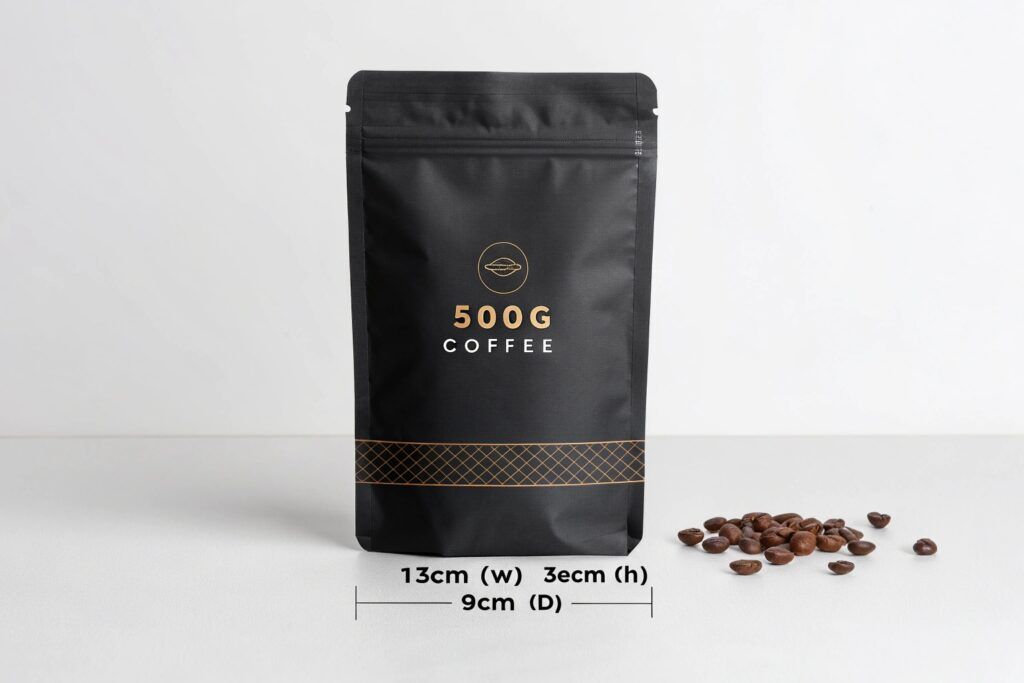
Credit: imipak.com
Choosing Packaging Suppliers
Choosing the right packaging supplier is key for your coffee brand. The supplier affects quality, cost, and delivery speed. Picking a good supplier means your packaging fits your needs and your customers stay happy. This section helps you find suppliers that can deliver great packaging consistently.
Supplier Reliability
Reliable suppliers keep promises on quality and delivery. Check reviews and ask for samples before deciding. A supplier who meets deadlines helps avoid delays in your business. Consistent quality also protects your brand image.
Customization Options
Packaging should match your coffee brand style. Choose suppliers who offer custom sizes, colors, and prints. Custom options let you stand out on shelves. Ask about material choices and eco-friendly options too.
Lead Times And Minimum Orders
Know how long it takes to get your order. Short lead times mean faster restocking. Check the minimum order size. Small minimums help if you want to test new packaging styles without big risks.
Frequently Asked Questions
What Materials Are Best For Coffee Packaging?
The best coffee packaging materials protect freshness and flavor. Common choices include foil, kraft paper, and resealable bags. These materials block moisture, light, and oxygen, which degrade coffee quality. Choosing the right material depends on your storage needs and brand values.
How Does Packaging Affect Coffee Freshness?
Packaging impacts freshness by limiting exposure to air, moisture, and light. Airtight, opaque materials keep coffee fresh longer. Valve bags allow gas release without letting air in. Proper packaging preserves aroma, flavor, and quality for weeks.
Why Choose Resealable Coffee Packaging?
Resealable packaging maintains coffee freshness after opening. It prevents air and moisture from entering the bag. This helps extend shelf life and keeps coffee flavorful. Resealable bags offer convenience and reduce waste for consumers.
How To Balance Cost And Quality In Packaging?
Balancing cost and quality involves selecting durable materials within budget. Opt for packaging that protects coffee well but is affordable. Bulk buying and simple designs reduce expenses. Quality packaging improves customer satisfaction and brand reputation.
Conclusion
Choosing the right coffee packaging protects freshness and flavor. It also attracts customers and builds your brand. Consider materials, size, and design carefully. Good packaging keeps coffee safe from air and moisture. Simple and clear labels help buyers understand your product.
Think about ease of use and storage too. Small details make a big difference in quality. Take your time to pick packaging that fits your needs well. This helps your coffee stand out on the shelf. Packaging matters as much as the coffee inside.
